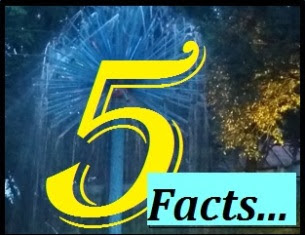Well known carpet types from Bhadohi include cotton Dhurry, Chhapra Mir carpets, Loribaft, Indo Gabbeh.
Bhadohi: Facts In Brief
This place gets its name from Bhar Raj of the region which had Bhadohi as its capital. There are several mounds and old tanks that have been named after the Bhar rulers, a tributary of Kannauj kingdom. During the rule of Akbar, Bhadohi was made a dastur and included in the sarkar of Allahabad.
The carpets of the region received the Geographical Indication tag, which means carpets manufactured in nine districts of the region, Bhadohi, Mirzapur, Varanasi, Ghazipur, Sonebhadra, Kaushambi, Allahabad, Jaunpur and Chandauli would be tagged with handmade carpet of Bhadohi.
According to the district Bhadohi official webportal, By the fifteenth century the Bhar were overpowered by Monas Rajputs with Sagar Rai, and his grandson, Jodh Rai received it as a zamindari sanad (deed) from Mughal Emperor Shah-e-Jahan.
It has been said that however around 1750 AD due to non-payment of land revenue arrears, Raja Pratap Singh of Pratapgarh, in lieu of his paying the arrears gave the entire pargana to Balwant Singh of Benaras. Bhadohi in 1911 came under first Maharaja of the newly created princely state of Benares ruled by Maharaja Prabhu Narayan Singh.
Bhadohi was created on 30 June 1994 as the 65th district of the State. It was part of Varanasi district prior to its creation.
The Mayawati government changed this district's name from Bhadohi to Sant Ravidas Nagar (S.R.N.). The Akhilesh Yadav government resolved on 6 December 2014 to change the name back to Bhadohi.
Famous Temples
There are many famous temples in Bhadohi which are-
Sita Samahit sthal (Sitamarhi), Semradhnath Bhole Shankar Mandir, Baba Harihar Nath (Gyanpur), Baba Doodhnath (Gyanpur), Chakwa Mahaveer, Shiv Mandir (Sundarpur), Ghopaila Devi Mandir (Gyanpur), Shani Dham, Tilngeswarnath, Tilanga Shivjatpur and Bhadrakaali temples.
(Source: Webportal Bhadohi district, UP Govt.)


Post a Comment